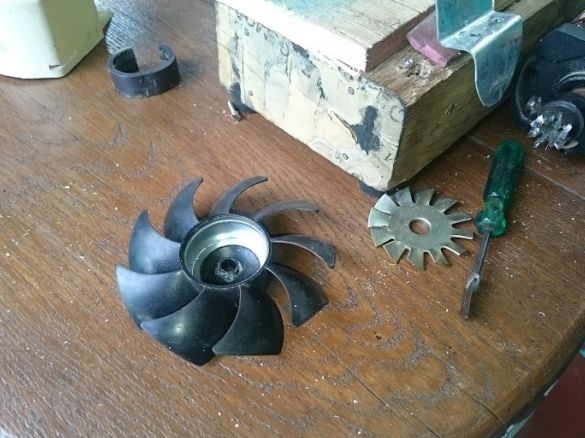
Hello to all the inhabitants of our sites, the weather doesn’t allow me to do it now, so I want to get good advice from young masters in advance, maybe there are some aspects or nuances that need to be observed in creating a wood lathe, I want to create it correctly from the technical side, and take care of the appearance of the machine. I am also attaching a video, you can respond there too
[media = // www.youtube.com/watch?v=TDNUNt9Bkbw]
To a greater extent, I wanted to hear advice regarding the front headstock, the rear and the bed itself, and of the engine attachment to it. Cooling, for example, I have already decided and added a cooler for this. And what about the front headstock, I also tried to solve this issue, but with centering, not everything is so smooth, since there are two, not three, bolts.
And what about the front headstock, I also tried to solve this issue, but with centering, not everything is so smooth, since there are two, not three, bolts. Who has any suggestions about this, some photos are in the video, I also advise you to look. I will be glad to your advice and various tips.
Who has any suggestions about this, some photos are in the video, I also advise you to look. I will be glad to your advice and various tips.
